Home>Ideas and Tips>Energy-Efficient Home Upgrades: Available Tax Credits
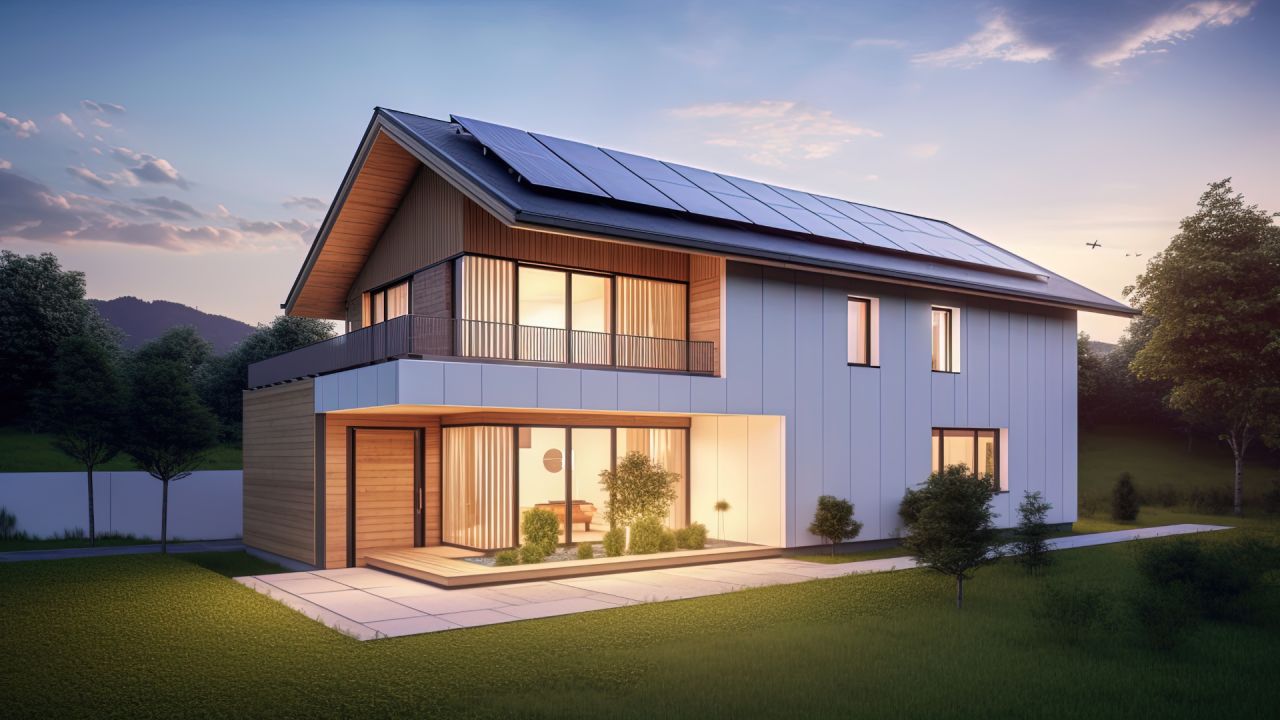

Ideas and Tips
Energy-Efficient Home Upgrades: Available Tax Credits
Modified: October 28, 2024
Discover tax credits for energy-efficient home upgrades. Save on bills and contribute to sustainability with federal incentives. Learn more now!
(Many of the links in this article redirect to a specific reviewed product. Your purchase of these products through affiliate links helps to generate commission for Storables.com, at no extra cost. Learn more)
As homeowners continue to seek ways to reduce their energy consumption and lower their utility bills, the federal government has introduced several tax credits designed to incentivize energy-efficient home upgrades. These credits not only help homeowners save money on their energy bills but also contribute to a more sustainable environment. In this article, we will delve into the details of the available tax credits for energy-efficient home improvements, explaining which upgrades qualify, how to claim the credits, and the specific limitations and requirements associated with each credit.
Energy-efficient home upgrades refer to modifications made to a home to reduce energy consumption. These upgrades can include installing new windows, doors, insulation, and energy-efficient appliances. The primary goal of these upgrades is to minimize the amount of energy required to heat, cool, and power a home. Over the years, the federal government has implemented various tax credits to encourage homeowners to invest in these upgrades.
One of the most significant tax credits available for energy-efficient home upgrades is the Energy Efficient Home Improvement Credit (EEHIC). This credit was expanded and enhanced by the Inflation Reduction Act of 2022, which significantly increased the annual credit limits compared to previous years.
To qualify for the EEHIC, homeowners must make certain energy-efficient improvements to their primary residence. The improvements that qualify include:
- Exterior Doors: Up to $250 per door, with an annual limit of $500 (2 doors).
- Exterior Windows and Skylights: Up to $600 per item.
- Insulation and Air-Sealing Materials/Systems: No separate annual limitation outside of the total 30% up to $1,200 amount.
- Home Energy Audits: Up to $150 per year for qualifying home energy audits.
- Central Air Conditioners: Up to $600 per unit.
- Natural Gas, Propane, or Oil Water Heaters and Furnaces: Up to $600 per unit.
- Electric or Natural Gas Heat Pumps: Up to $2,000 per year for qualified heat pumps, biomass stoves, or biomass boilers.
- Biomass Stoves and Boilers: Up to $2,000 per year.
Homeowners can claim the EEHIC by attaching Form 5695, Residential Energy Credits, to their tax return. It is essential to have all documentation handy, as you will need to know the exact costs of each expense to claim the credit. The credit is nonrefundable, meaning that if the credit reduces your tax bill below zero, you will not receive the excess amount as a tax refund.
The EEHIC has annual and lifetime limits. The maximum annual credit is $1,200 for energy property costs and certain energy-efficient home improvements. An additional $2,000 per year is available for qualified heat pumps, biomass stoves, or biomass boilers. These credits can be combined with other credits up to a total of $3,200 annually.
Another significant tax credit available for homeowners is the Residential Clean Energy Property Credit (RCEPC). This credit was also expanded by the Inflation Reduction Act of 2022 and provides a 30% income tax credit for clean energy equipment.
To qualify for the RCEPC, homeowners must install qualifying clean energy property in their primary residence. The qualifying equipment includes:
- Solar Electric Panels: For generating electricity.
- Solar Water Heaters: For water used inside the home (at least half of the home's water-heating capacity must be solar).
- Wind Turbines: Up to 100 kilowatts of electricity for residential use.
- Geothermal Heat Pumps: That meet federal Energy Star guidelines.
- Fuel Cells: That rely on a renewable resource (usually hydrogen) to generate power for a home (minimum 0.5 kilowatts of power generation capacity).
- Battery Storage Technologies: Including battery storage systems designed to store excess energy generated by solar panels or other renewable sources.
Homeowners can claim the RCEPC by attaching Form 5695, Residential Energy Credits, to their tax return. The credit is available for property placed in service after December 31, 2021, and before January 1, 2033. Starting in 2033, the credit percentage rate phases down to 26% for 2033, then to 22% for 2034, and finally to no credit being available after December 31, 2034.
When calculating your credit amount for energy-efficient home improvements, it is important to consider any subsidies, rebates, or incentives you received for an energy-saving home improvement. Utility-based energy incentives and certain rebates generally have to be subtracted from your expenses before calculating your credit. However, state energy efficiency incentives typically do not need to be subtracted.
Both the EEHIC and RCEPC require that the home be your primary residence. Property owners cannot claim either of these credits on upgrades made to homes they rent to others. However, if you use your home as a business 20% of the time or less, you can still claim the full credit amount. If your home serves as a business more than 20% of the time, the credit amount may decrease.
Energy-efficient home upgrades are not only beneficial for reducing energy consumption but also offer significant tax savings through various federal credits. The Energy Efficient Home Improvement Credit and the Residential Clean Energy Property Credit are two of the most prominent tax credits available for homeowners looking to make energy-efficient upgrades. By understanding which upgrades qualify and how to claim these credits, homeowners can strategically plan their home improvements to maximize their savings.
In summary:
- The EEHIC provides up to $1,200 annually for energy property costs and certain energy-efficient home improvements, with an additional $2,000 annually for qualified heat pumps, biomass stoves, or biomass boilers.
- The RCEPC offers a 30% income tax credit for clean energy equipment such as solar panels, wind turbines, geothermal heat pumps, and fuel cells.
- Both credits require that the home be your primary residence and can be claimed by attaching Form 5695 to your tax return.
By taking advantage of these tax credits, homeowners can not only reduce their energy bills but also contribute to a more sustainable future.
Was this page helpful?
At Storables.com, we guarantee accurate and reliable information. Our content, validated by Expert Board Contributors, is crafted following stringent Editorial Policies. We're committed to providing you with well-researched, expert-backed insights for all your informational needs.
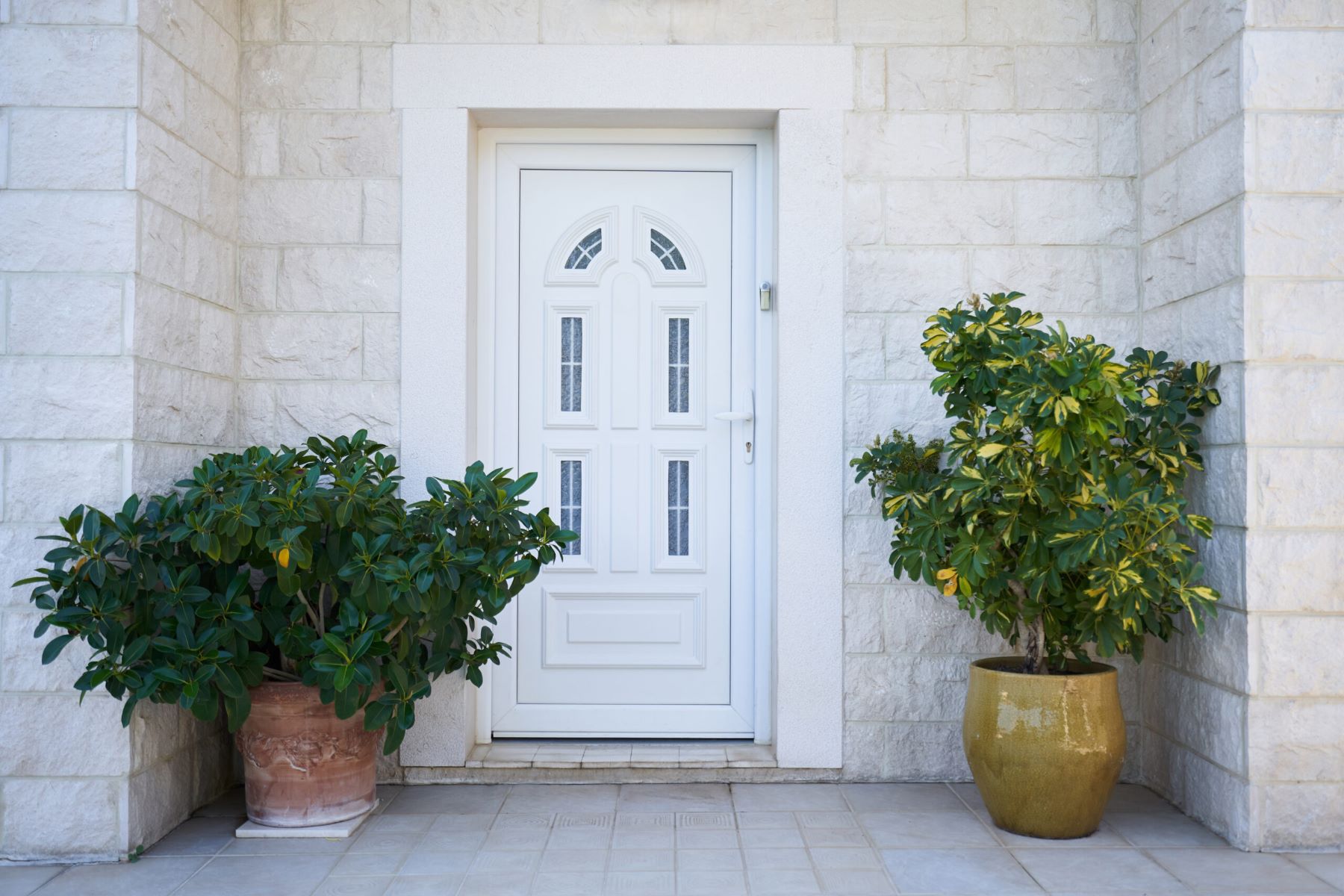
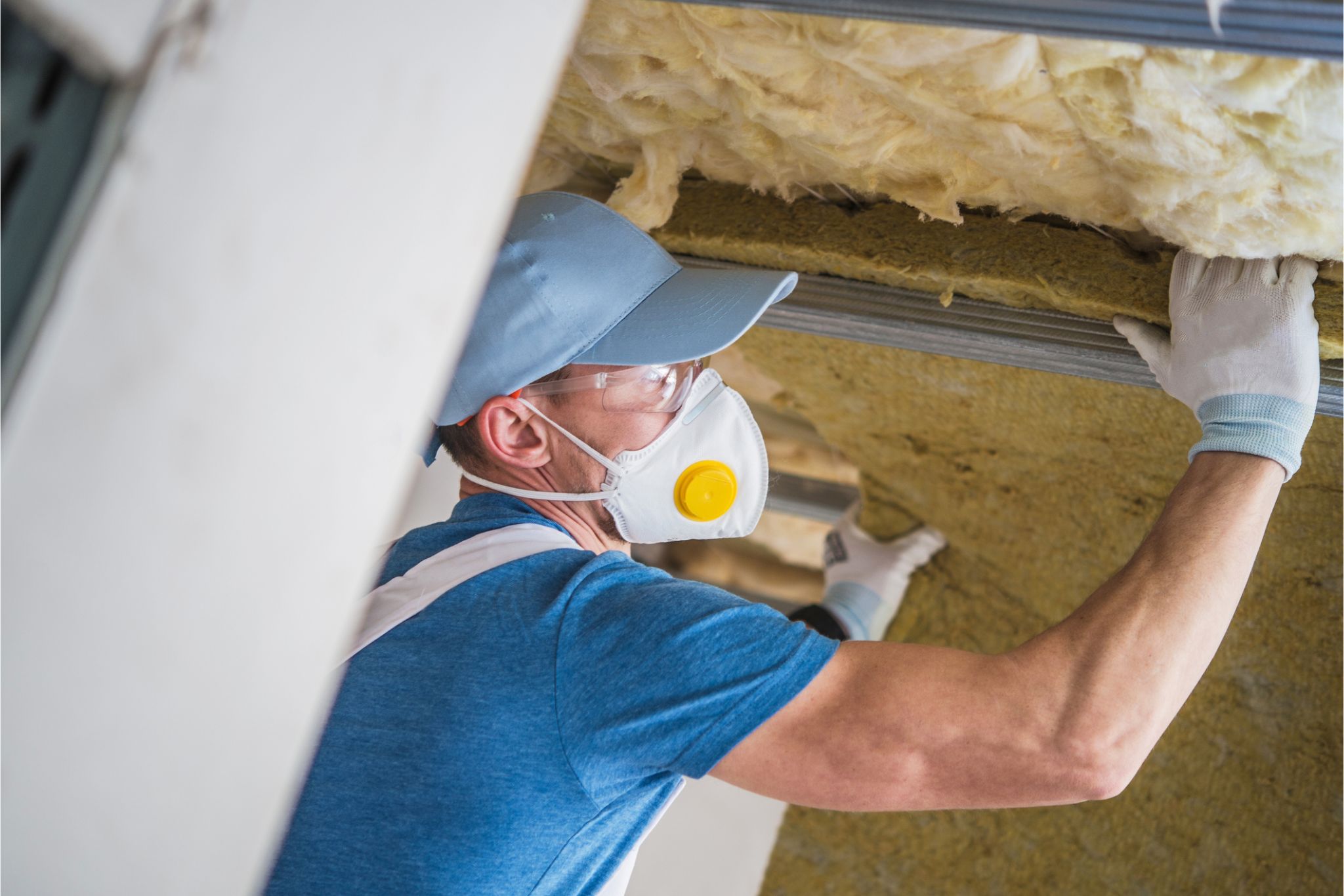
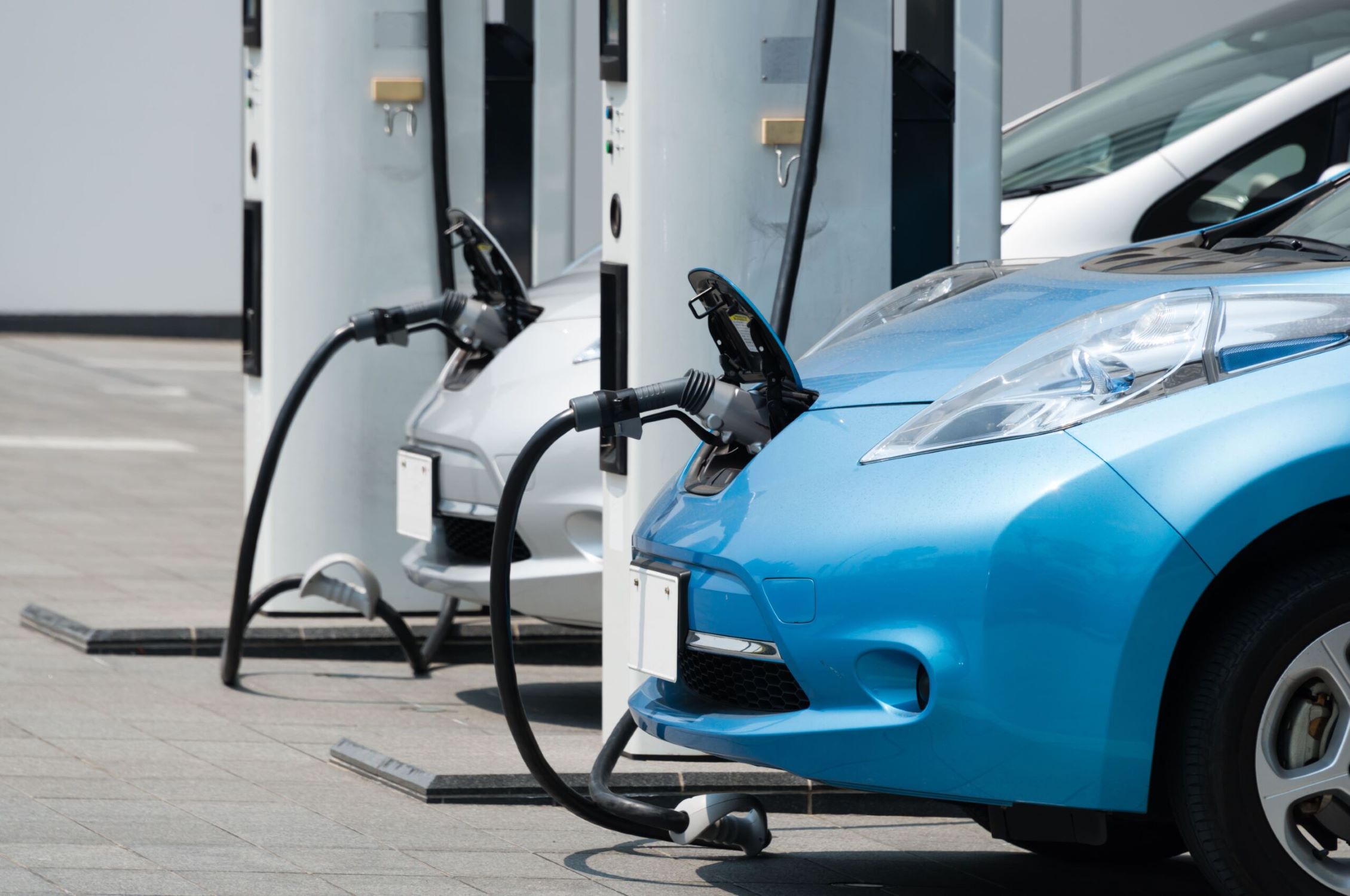


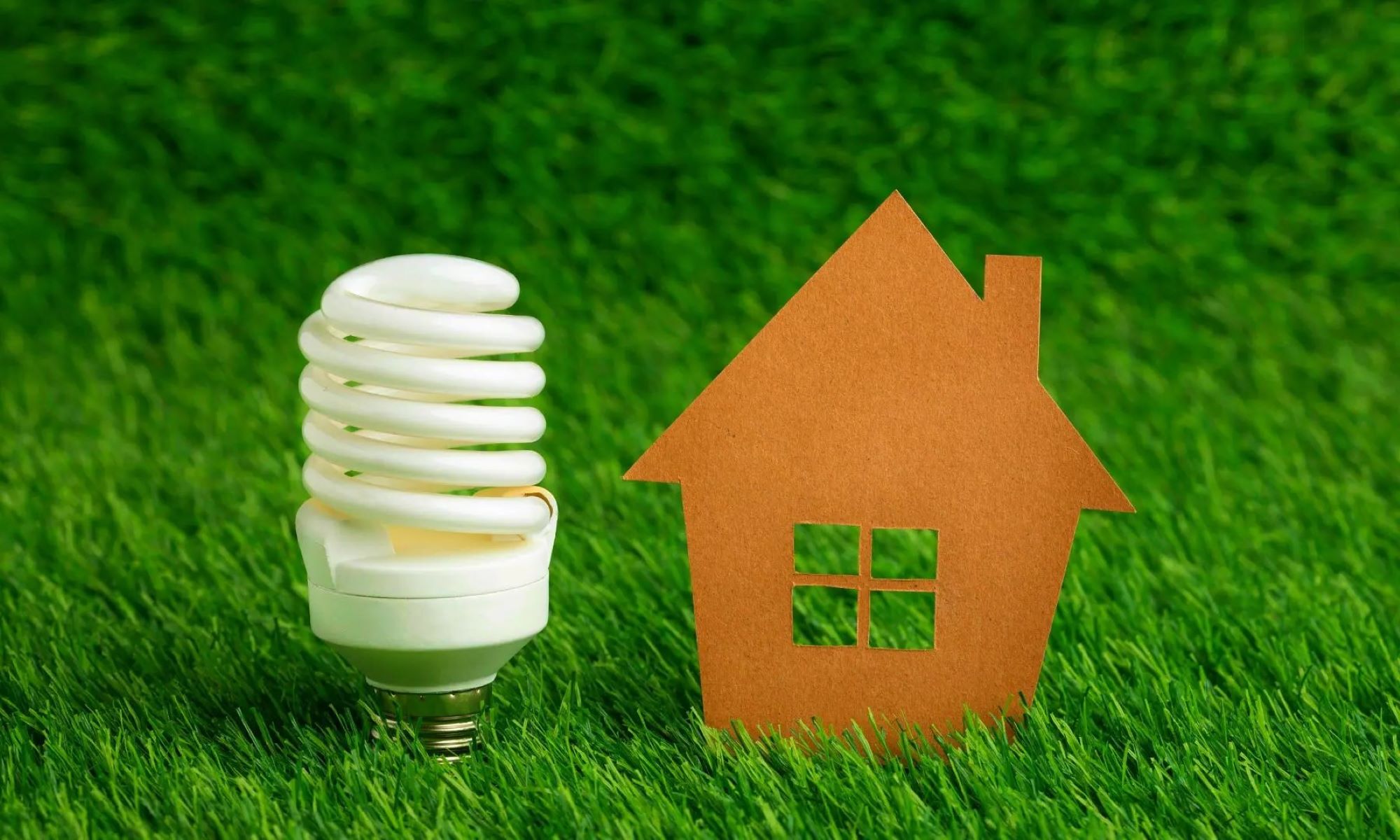
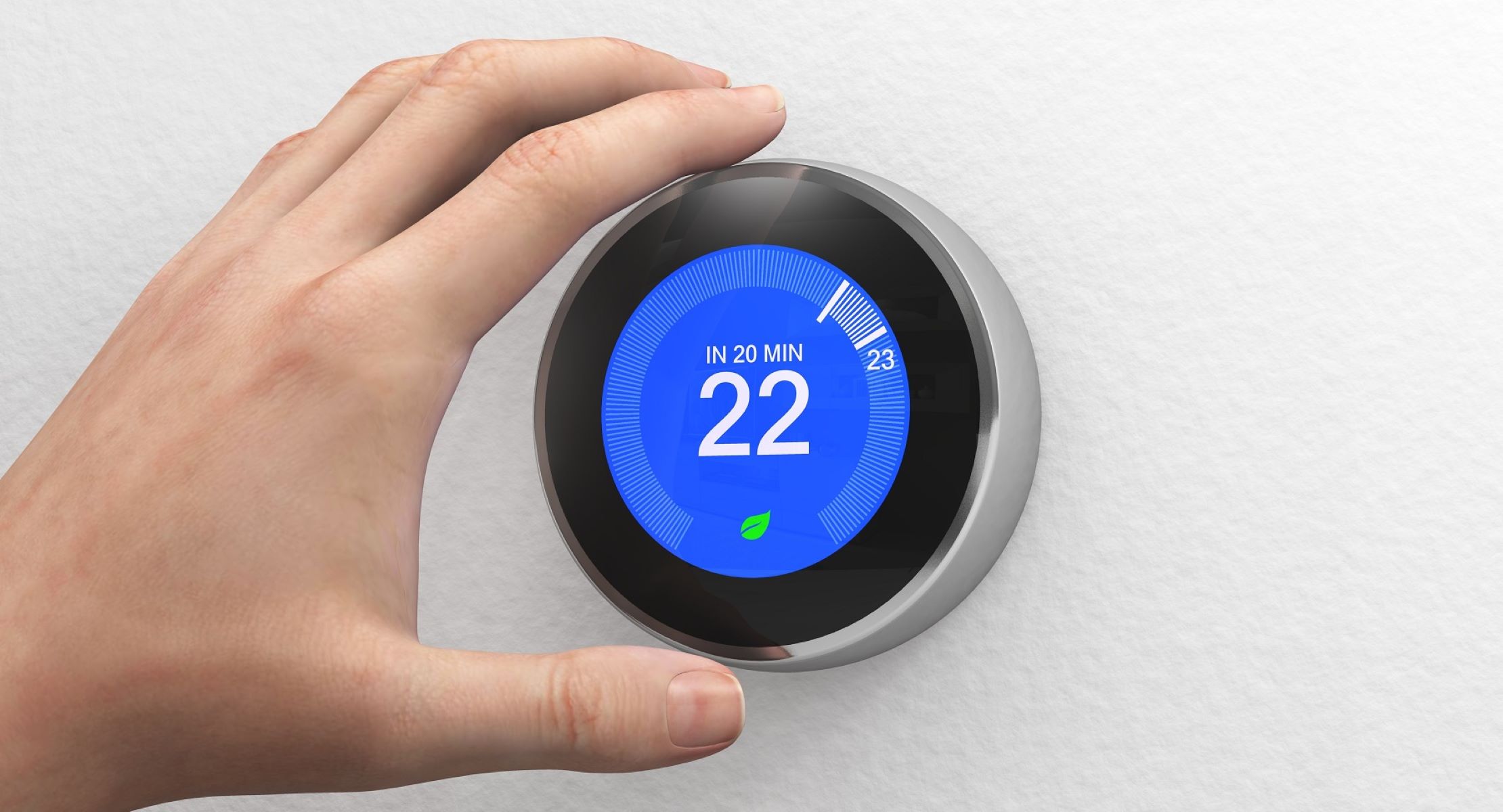
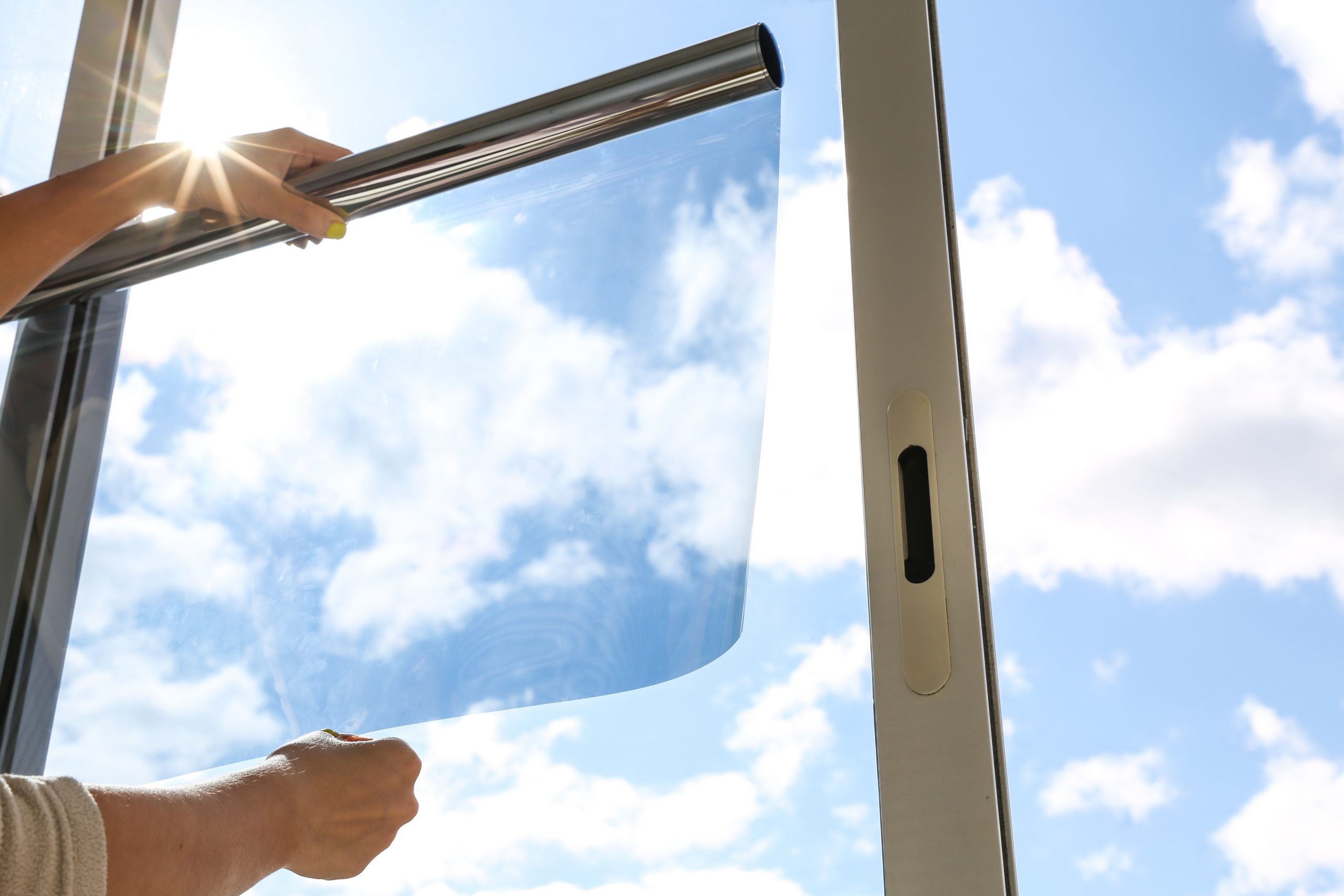
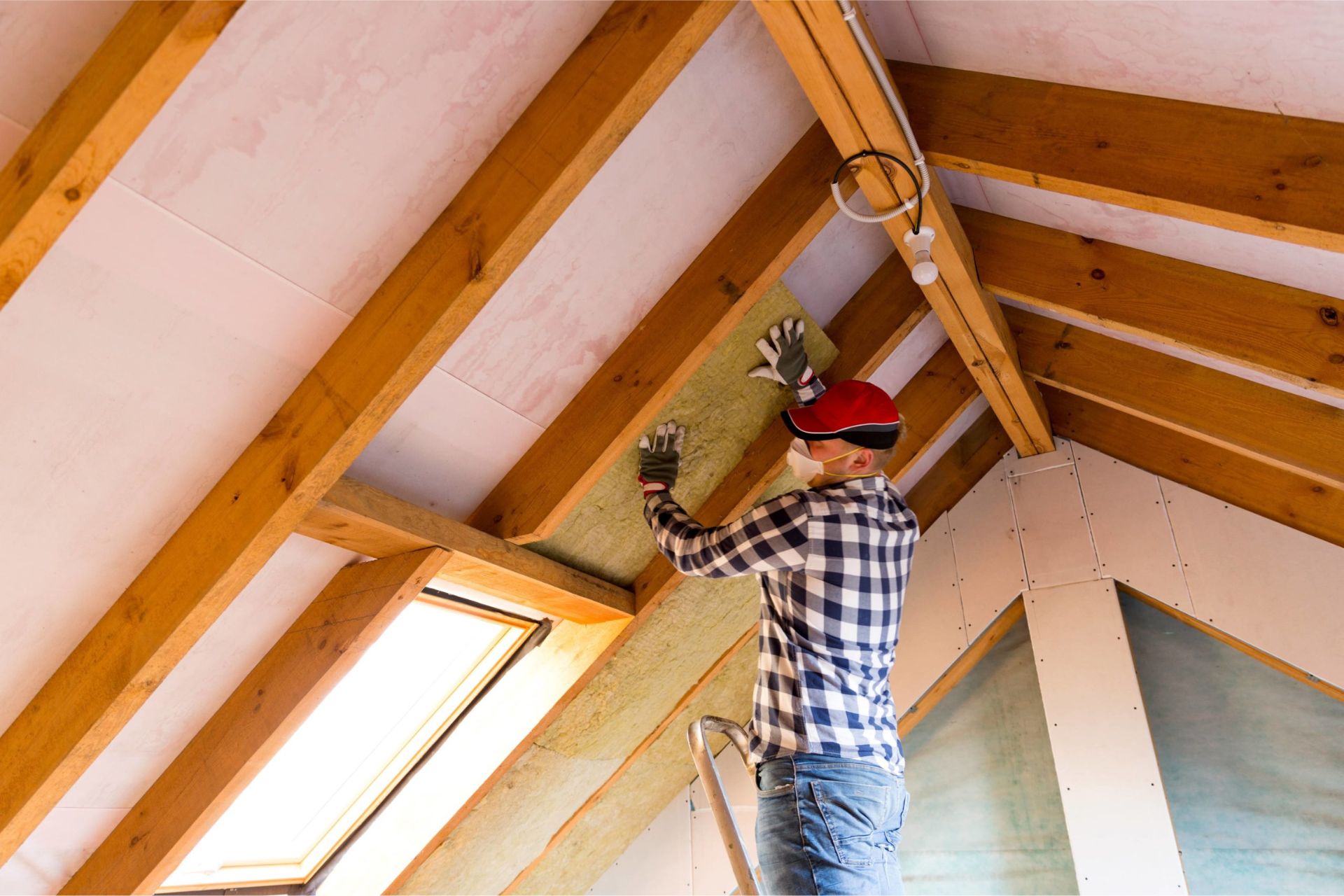
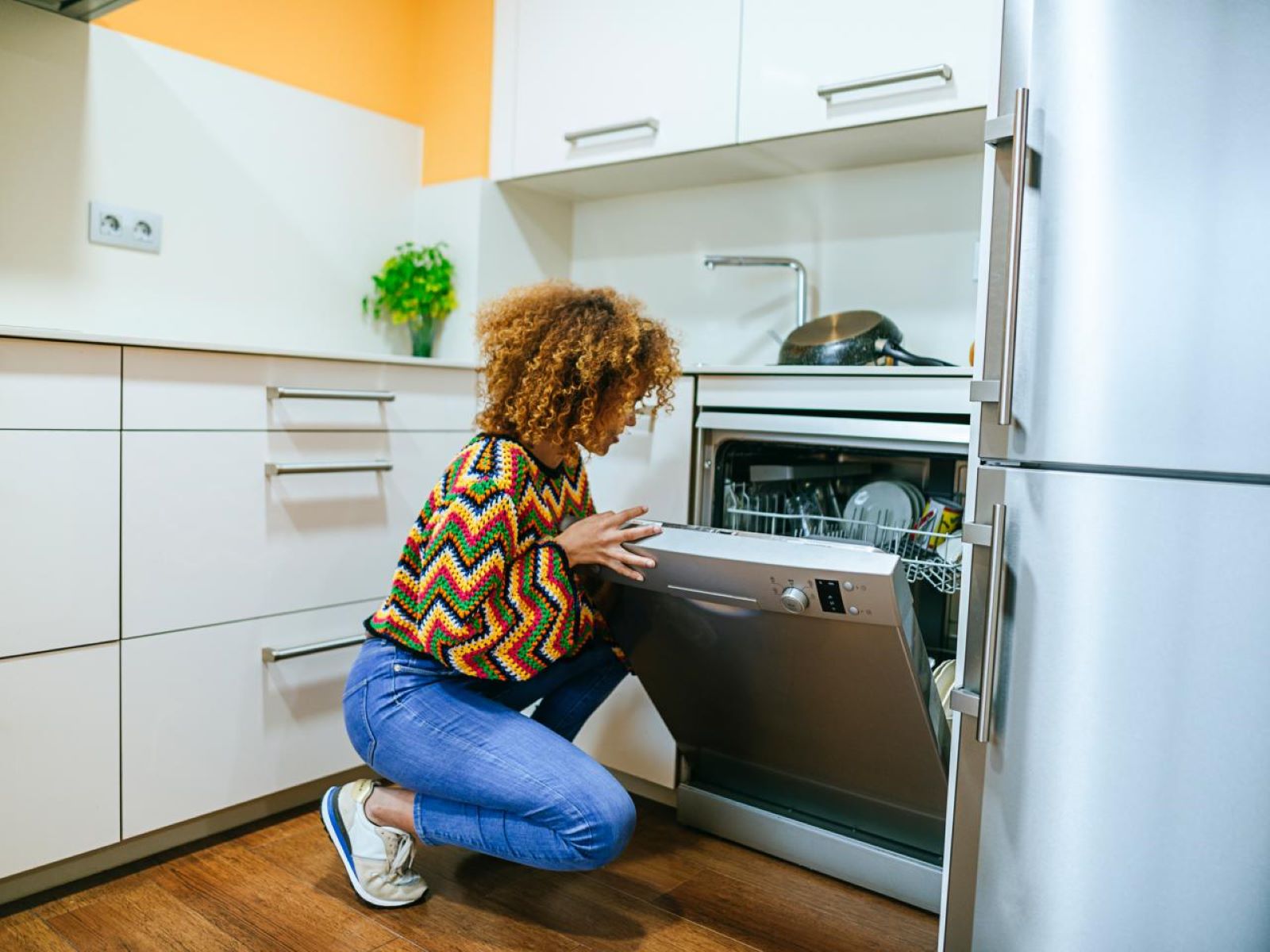
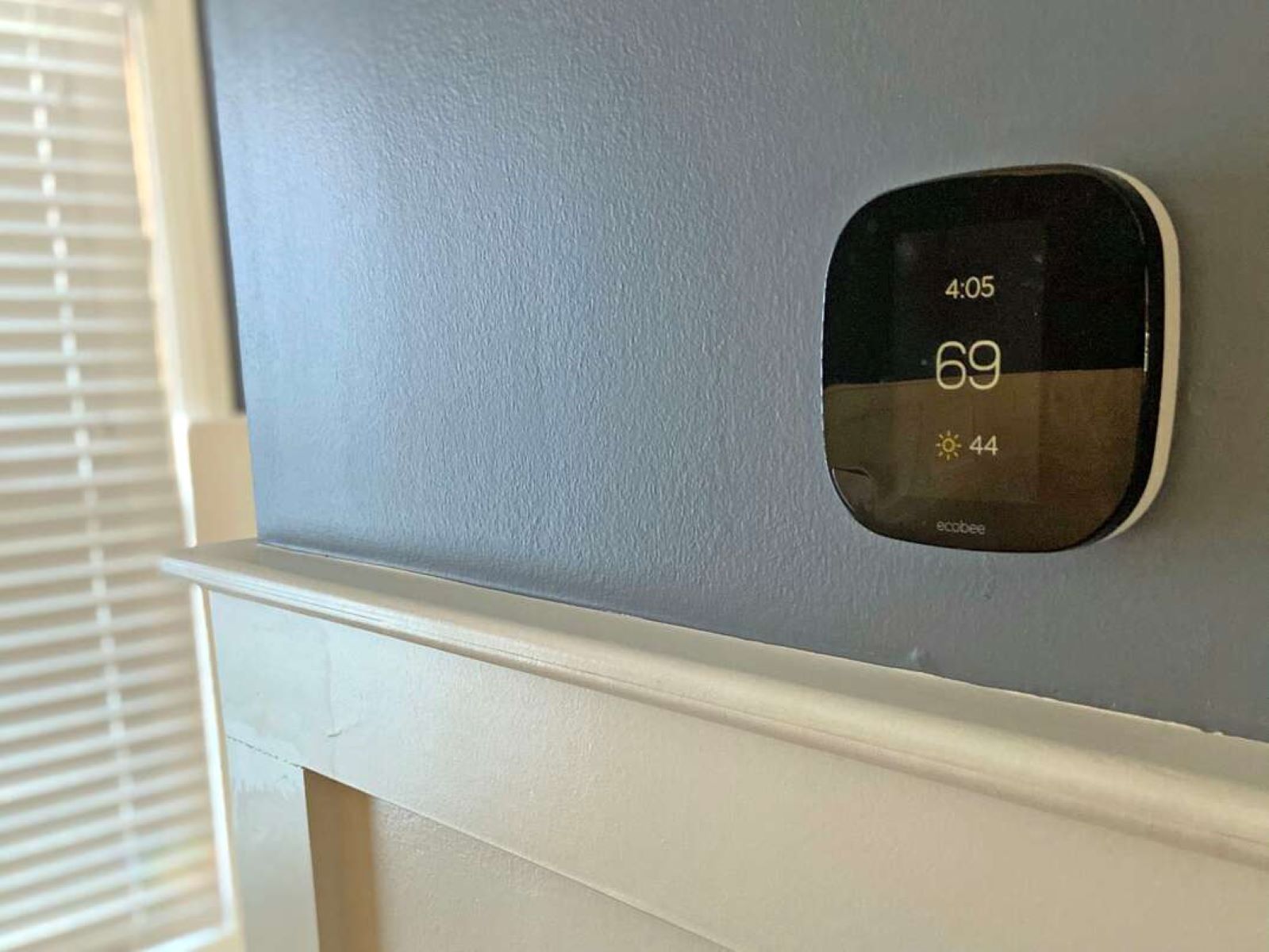

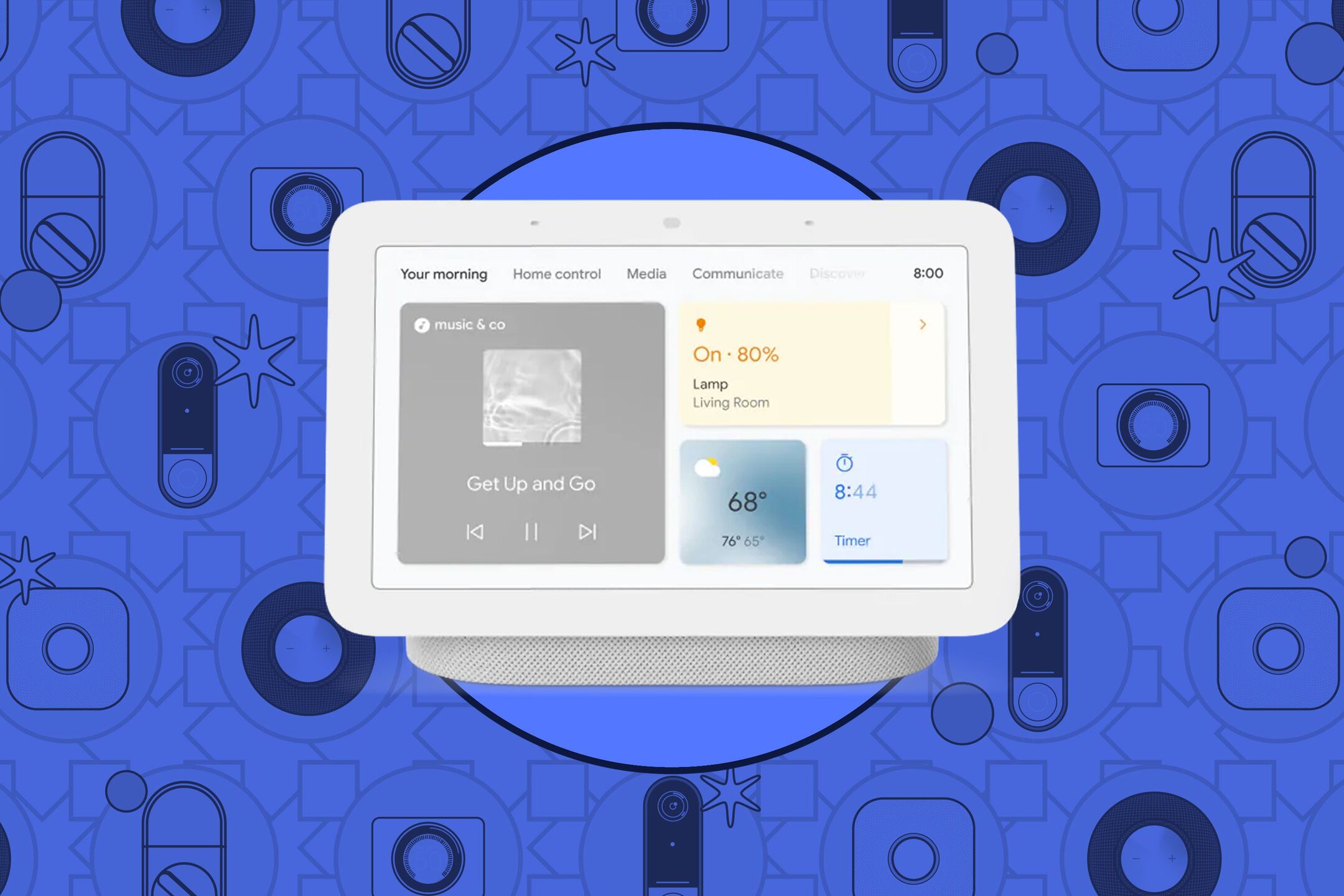

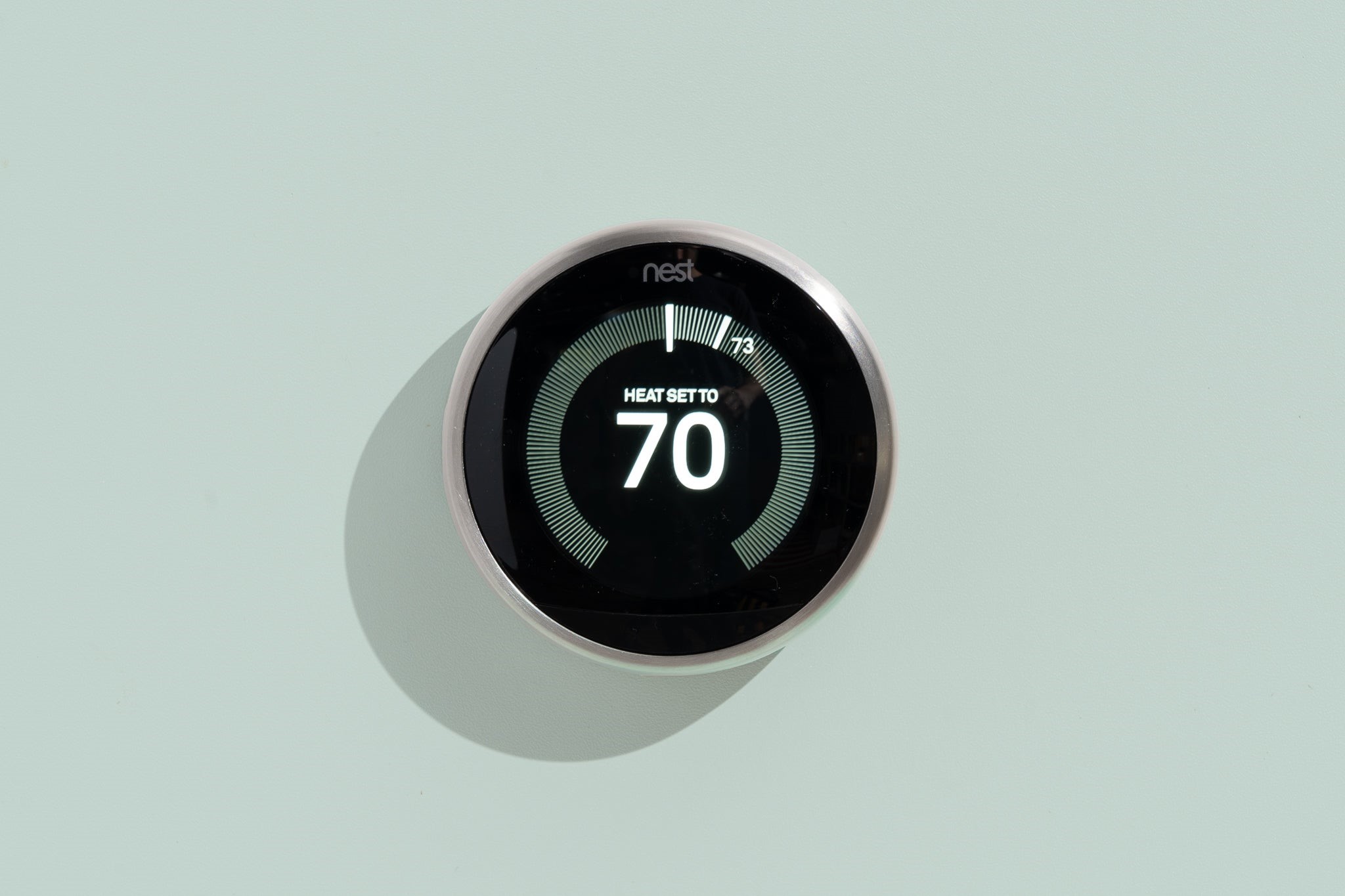


0 thoughts on “Energy-Efficient Home Upgrades: Available Tax Credits”